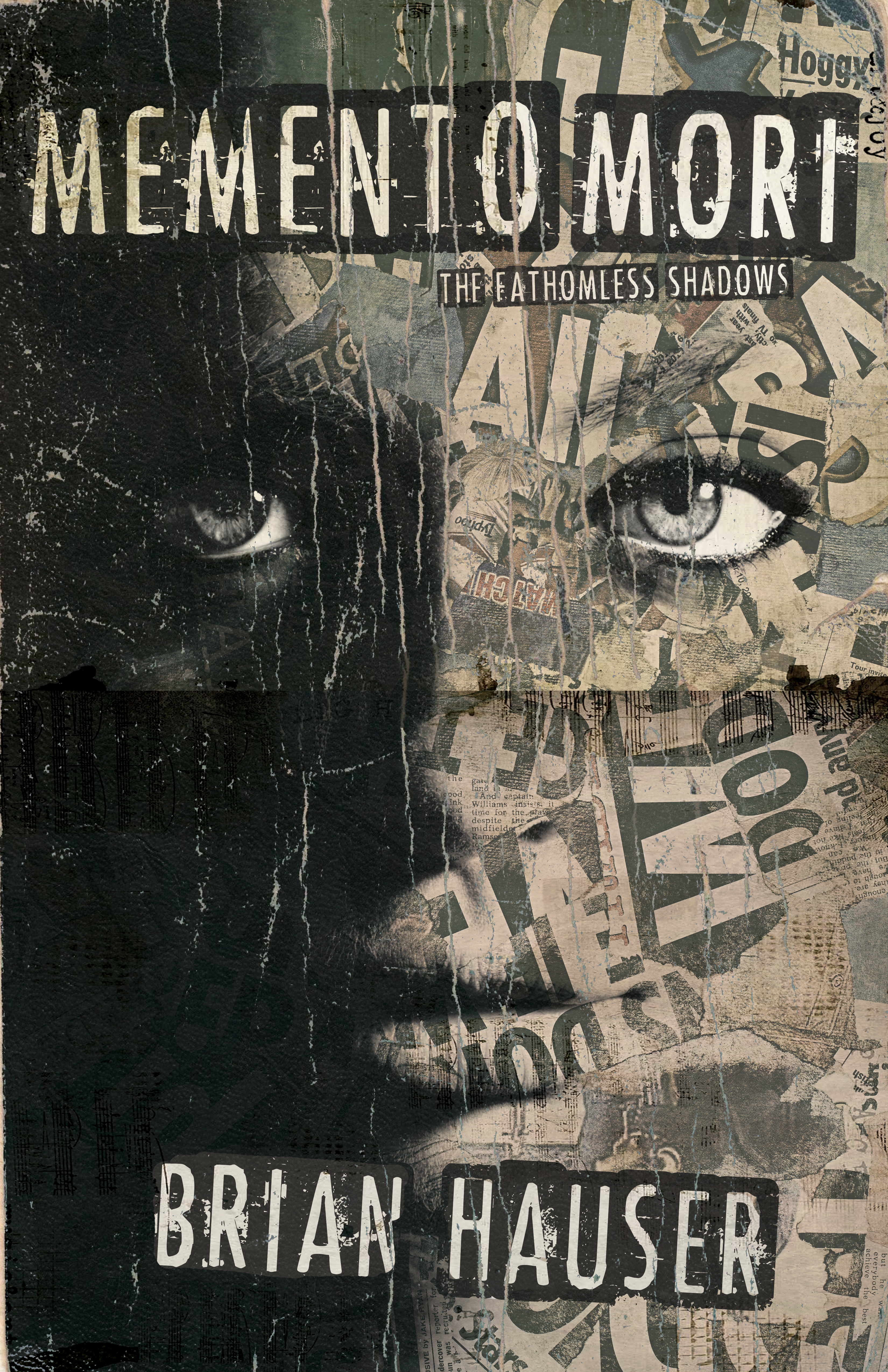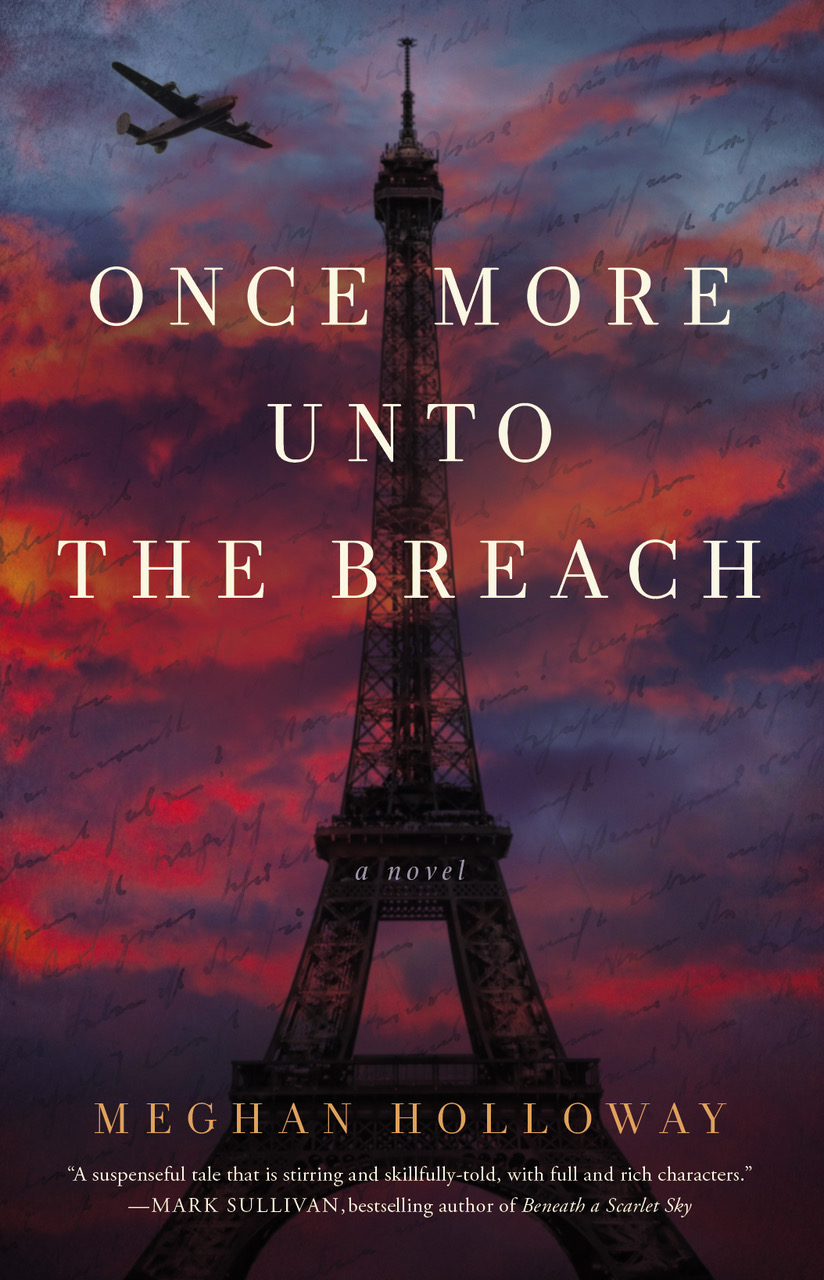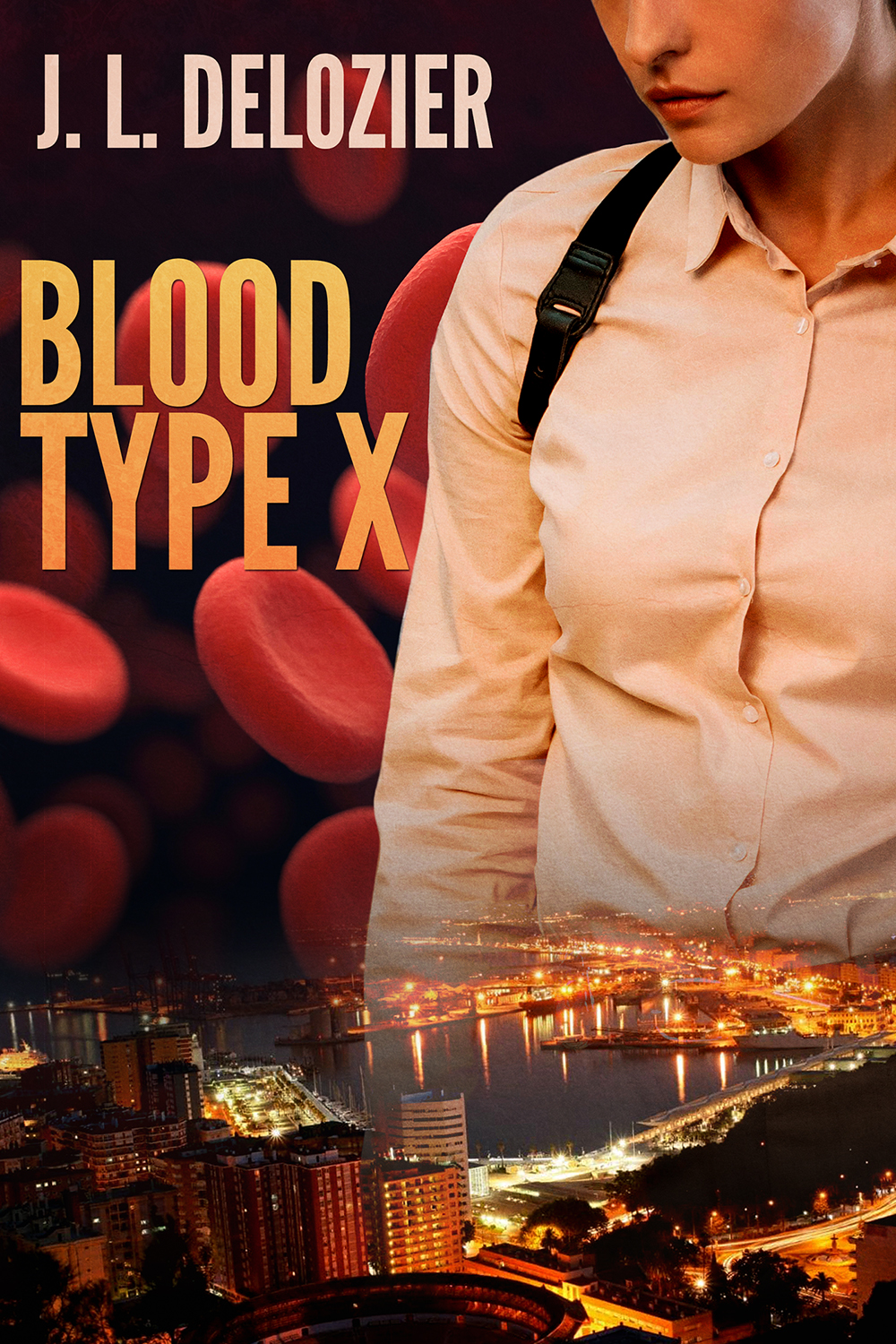This week on The Scariest Part, I’m happy to welcome back author Tracy Townsend, whose new novel is The Fall. Here is the publisher’s description:
An apothecary clerk and her ex-mercenary allies travel across the world to discover a computing engine that leads to secrets she wasn’t meant to know — secrets that could destroy humanity.
Eight months ago, Rowena Downshire was a half-starved black market courier darting through the shadows of Corma’s underside. Today, she’s a (mostly) respectable clerk in the Alchemist’s infamous apothecary shop, the Stone Scales, and certainly the last girl one would think qualified to carry the weight of the world on her shoulders a second time. Looks can be deceiving.
When Anselm Meteron and the Alchemist receive an invitation to an old acquaintance’s ball — the Greatduke who financed their final, disastrous mercenary mission fourteen years earlier — they’re expecting blackmail, graft, or veiled threats related to the plot to steal the secrets of the Creator’s Grand Experiment. They aren’t expecting a job offer they can’t refuse or a trip halfway across the world to rendezvous with the scholar whose research threw their lives into tumult: the Reverend Doctor Phillip Chalmers.
Escorting Chalmers to the Grand Library of Nippon with her mismatched mercenary family is just a grand adventure to Rowena until she discovers a powerful algebraic engine called the Aggregator. The Aggregator leads Rowena to questions about the Grand Experiment she was never meant to ask and answers she cannot be allowed to possess. With her reunited friends, Rowena must find a way to use the truths hidden in the Grand Library to disarm those who would hunt down the nine subjects of the Creator’s Grand Experiment, threatening to close the book on this world.
And now, let’s hear what the scariest part was for Tracy Townsend:
I’ve always been a little bored by Tolkien’s Ents. Don’t get me wrong. They have qualities that interest me: their vastness of size and mind, their sense of elevation beyond human concerns, their physical prowess. But their disinterest in the world beyond their forest, their stubborn slowness, their refusal to act until pushed, hardly inspire my imagination. In their cool nobility and remove, they are merely reactive characters.
The last time I was here using Nick’s space to talk about the scariest part of my novels, I wrote about creating monsters — the aigamuxa, nightmarish ogres with eyeballs in their feet — that are villainous and dangerous while still being sympathetic in The Nine. Active creatures. Advocates for themselves and the wrongs they have endured. As terrifying a threat as they posed, they are as “human” as the actual homo sapiens they live among. Now, with my sequel The Fall, I look at my world’s other sentient race, the lanyani, with a different sense of fear.
The lanyani are my answer to the Ents. They are not the noble guardians of the forest. They are the grasping, starving, furious remnants of a wilderness that used to be: the weeds growing up through the cracks in humanity’s world.
What do you do when something that doesn’t breathe air, that doesn’t bleed, that doesn’t have organs to pierce or bones to break, decides it wants to go to war with you? What can you do against beings that looks at your flesh and blood and think of it as nitrogen and phosphates they will use to enrich their growing empire’s soil? How do you negotiate with a thinking, planning, organized species that sees cleansing the world of human grime as the only rational solution for its own survival?
You can’t. You don’t. Because you’re dealing with aliens.
“Alien” tends to be a word we reserve for use in science fiction, not a fantasy series like mine, but it’s the word that fits the lanyani best. It derives from the Latin “alienus” — “belonging to another.” The lanyani belong to a world where flesh is weakness, something that can’t be grown through sheer will, shaped and planed, shed and reformed, hardened and thickened as the fiber of their arboreal bodies can be. They can tunnel through the earth, turn their bodies into weapons, survive crushing blows and severed limbs, split themselves to reproduce, and lie dormant long past the point we would imagine them dead. These creatures belong to an entirely different biology, and with it, an entirely different way of seeing the world.
And they’ve decided they don’t need us. Not anymore. The lanyani have learned to use our world, because nature rewards opportunists. They are thieves and fences, drug dealers, con artists, and mercenaries. So what if it is dirty work? They were born in the dirt. It’s where they thrive. And they know that if only they can claim enough of that soil for themselves, they’ll choke out humanity like a thicket full of kudzu. We might beg for their lenience, but it would make no difference.
Nature isn’t big on the concept of mercy.
The scariest part of The Fall is up to each individual reader to decide, of course. That’s the beauty of books. But for me, the story’s deepest terror lies in the fact that this time, the danger humanity faces doesn’t need our empathy or demand an equal place in our society. It doesn’t want to redress issues of social justice, or punish the wealthy and wicked for making slaves of its kind. It doesn’t even want an apology.
It wants to pull us up by our roots.
The Fall: Amazon / Barnes & Noble / Powell’s / IndieBound / Audible
Tracy Townsend: Website / Twitter
Tracy Townsend is the author of The Nine and The Fall (books 1 and 2 in the Thieves of Fate series), a monthly columnist for the feminist sf magazine Luna Station Quarterly, and an essayist for Uncanny Magazine. She holds a master’s degree in writing and rhetoric from DePaul University and a bachelor’s degree in creative writing from DePauw University, a source of regular consternation when proofreading her credentials. She is the former chair of the English department at the Illinois Mathematics and Science Academy, an elite public boarding school, where she teaches creative writing and science fiction and fantasy literature. She has been a martial arts instructor, a stage combat and accent coach, and a short-order cook for houses full of tired gamers. Now she lives in Bolingbrook, Illinois with two bumptious hounds, two remarkable children, and one very patient husband.





